Gravitational Waves are Ripples in Spacetime
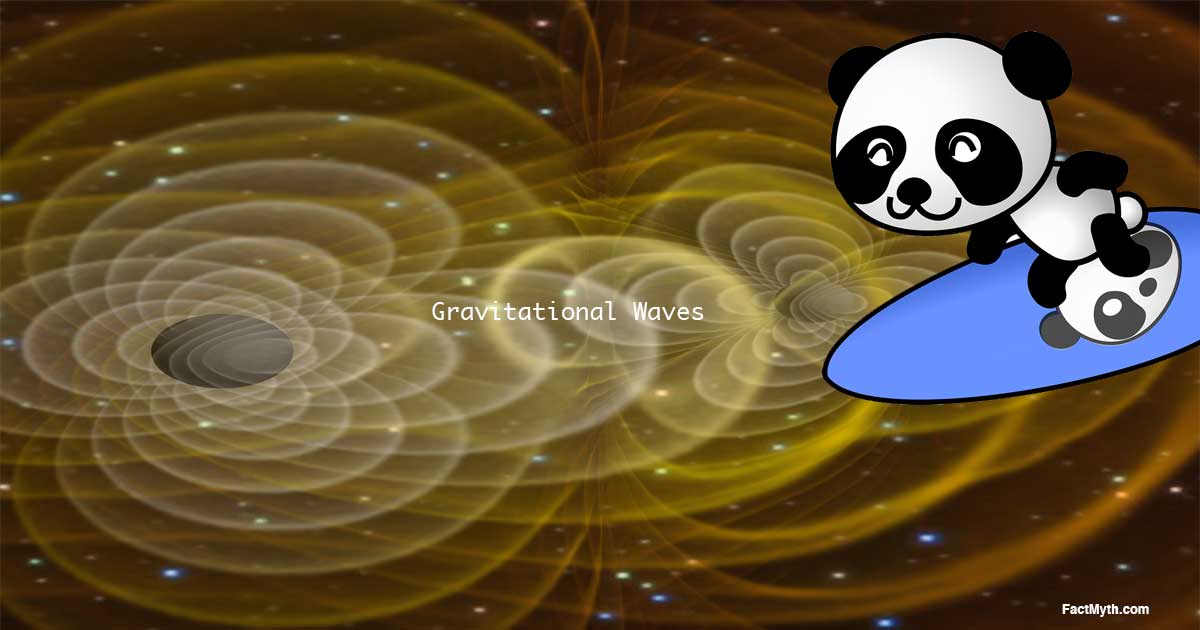
Gravity is the result of the curvature of spacetime by matter. Non-symmetric acceleration of matter produces gravitational waves that ripple across the universe at light speed.
Physics is a natural science concerned with the study of matter and it’s relation to space and time. It looks at concepts related to this like energy and force in order to understand the behaviors of the universe.

Gravity is the result of the curvature of spacetime by matter. Non-symmetric acceleration of matter produces gravitational waves that ripple across the universe at light speed.
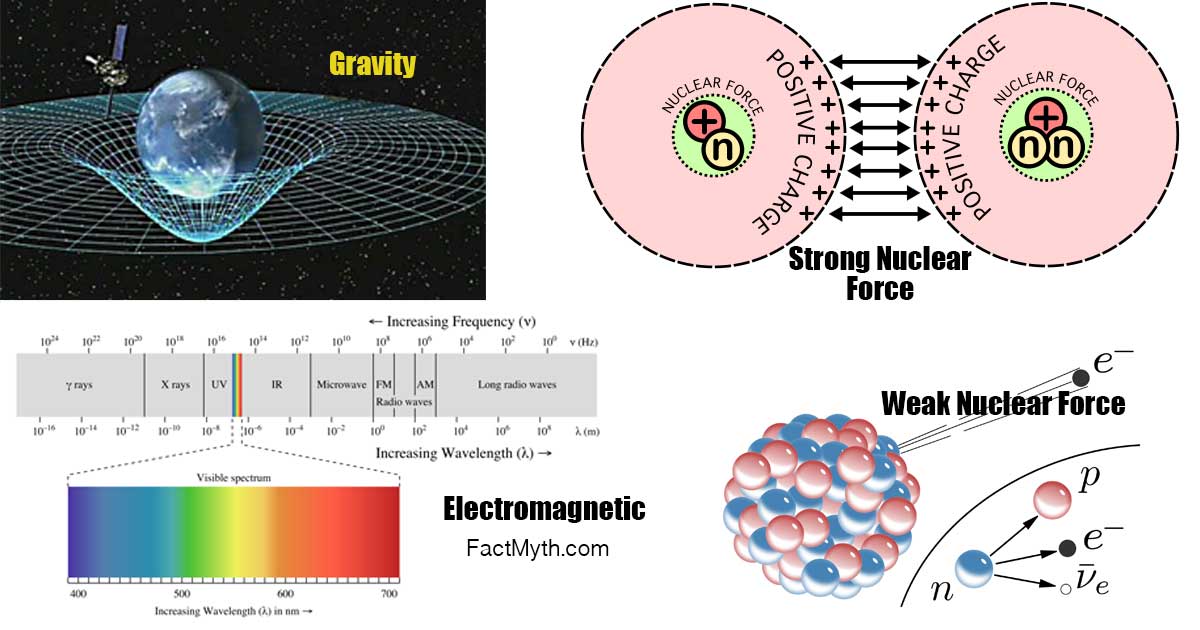
There are four fundamental forces (interactions) in the universe: gravitational, electromagnetic, strong nuclear, and weak nuclear.

There are different types of infinity (∞) which differ by size, countability, “flavor” and more. Most types have practical real world applications.
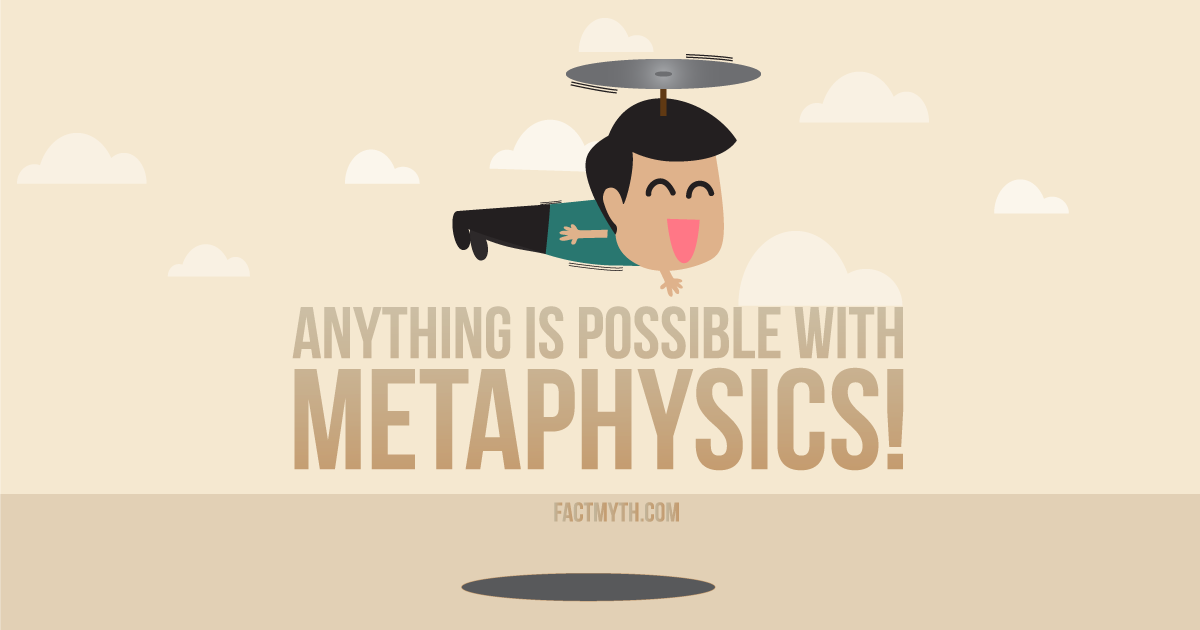
Physics is a branch of physical science rooted in math that asks “how does it work?” Metaphysics is a broad branch of philosophy that asks, “What is its true nature?”
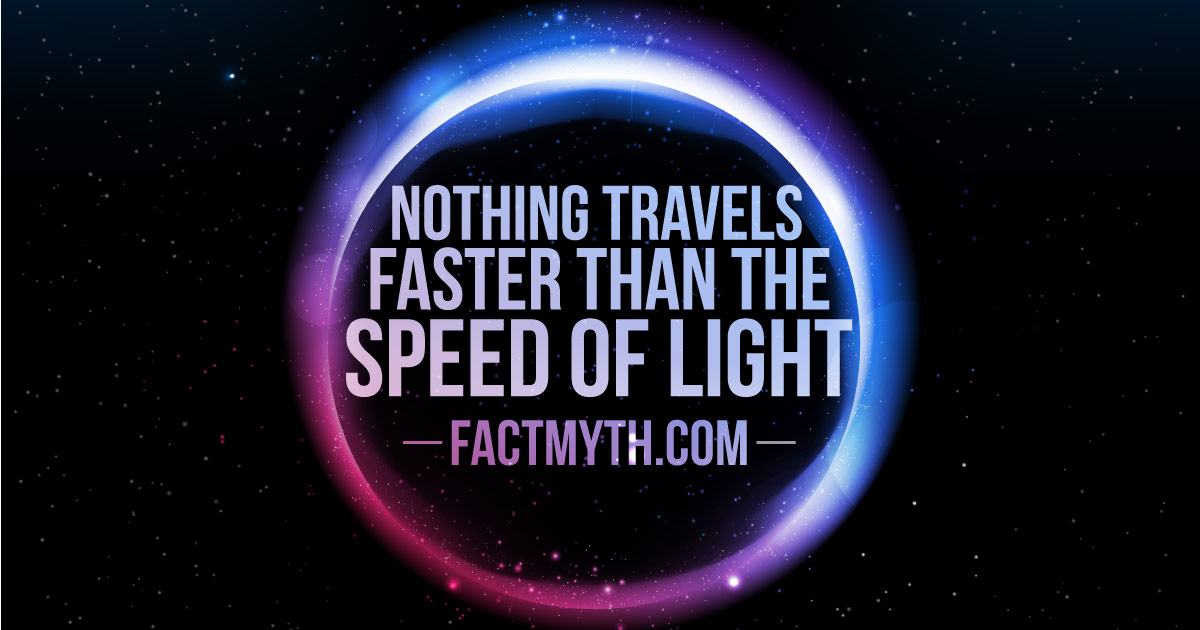
No “thing” (including particles) can travel faster than light speed, but some “non-things” can. In both ways “nothing travels faster than the speed of light”.
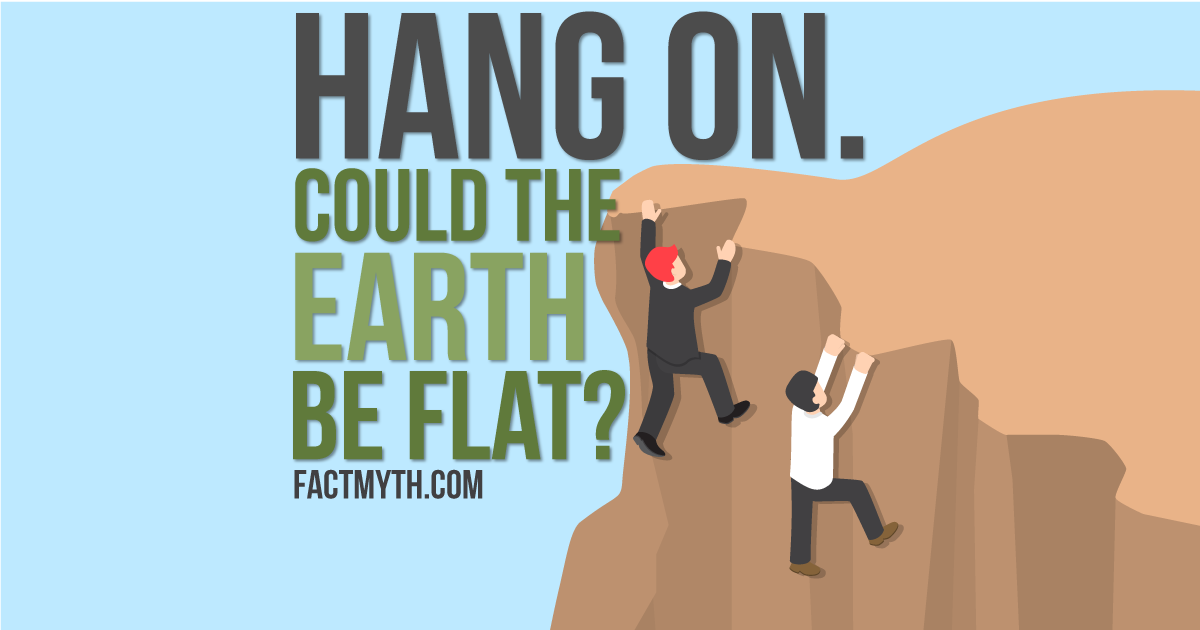
The Earth is not flat; the Earth is an oblate spheroid (a bumpy sphere with a fat equator and skinny poles). There are many ways to prove the earth’s geometry.
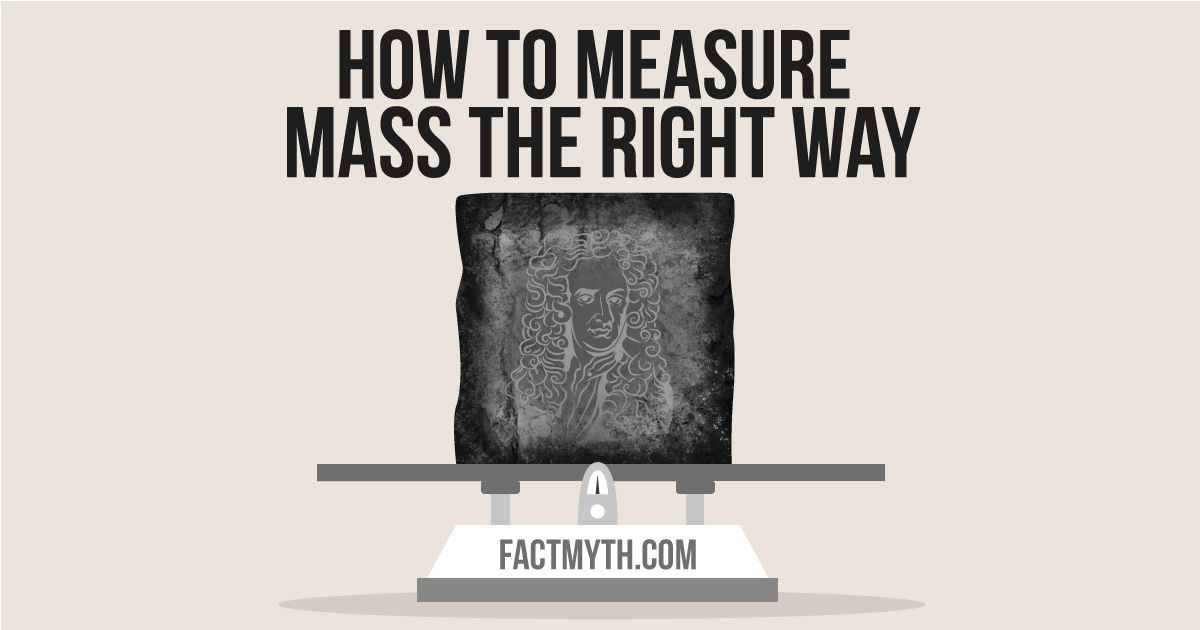
There are different ways to measure mass, but all of them are related to rest-mass (invariant mass) the “true” inertial mass of an object at rest.
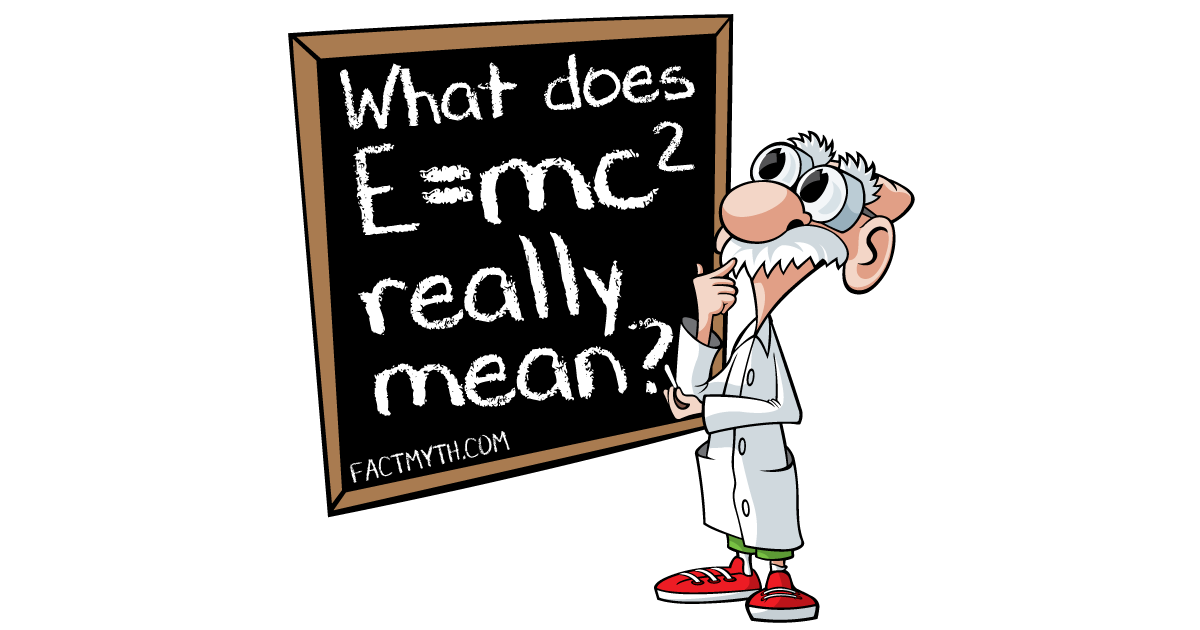
Einstein’s mass-energy equivalence equation (E=mc2) shows that mass and energy are equivalent (but not “exactly the same”) properties of a physical system.

Exposure to light in moderation, especially natural sunlight, can have an uplifting effect on mood, while excessive darkness can have the opposite effect.

To quantize is to restrict something to a set of values. In digital music notes can be quantized to beats, in physics energy is quantized energy states.